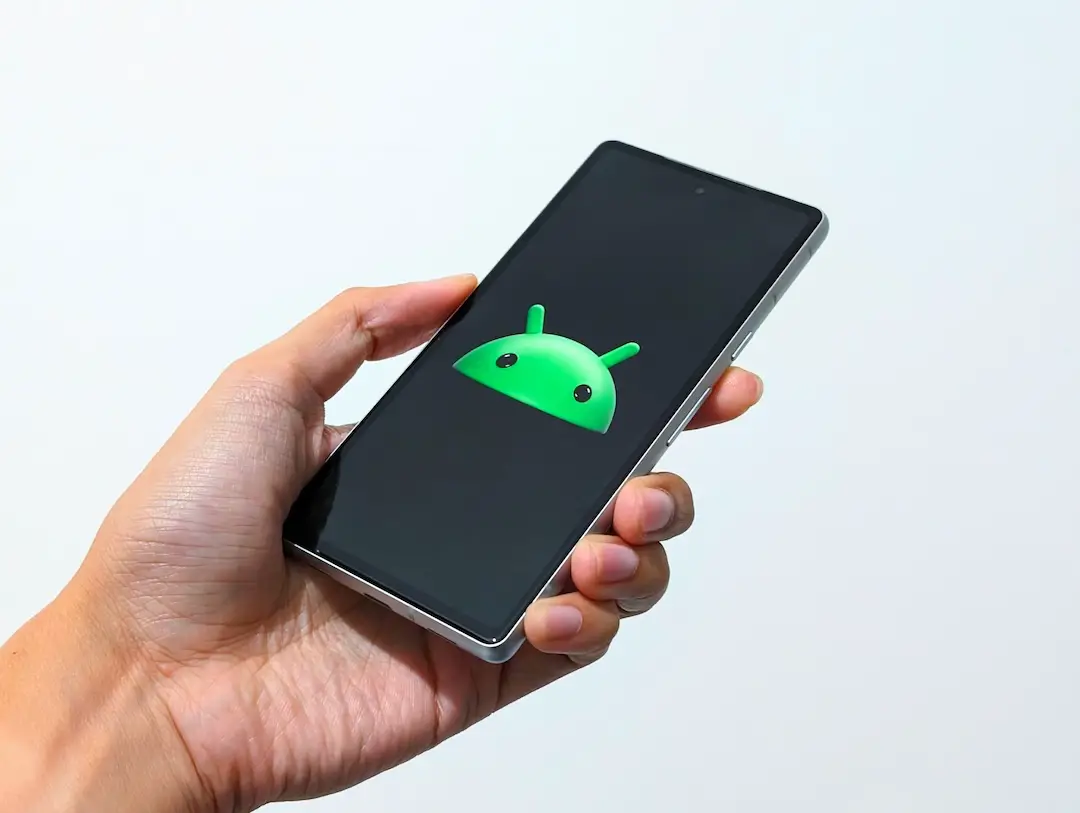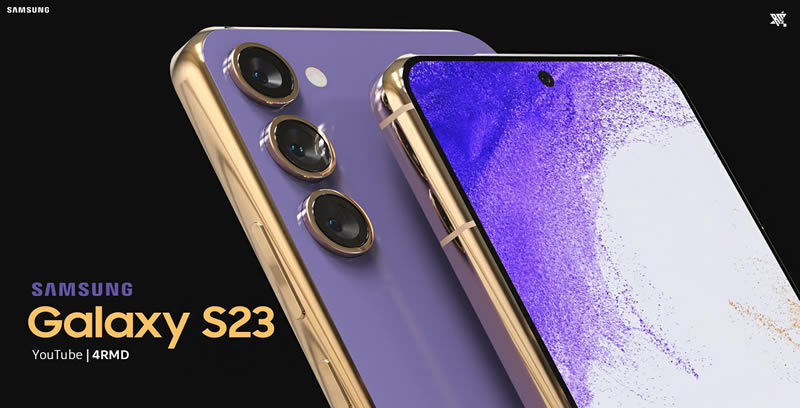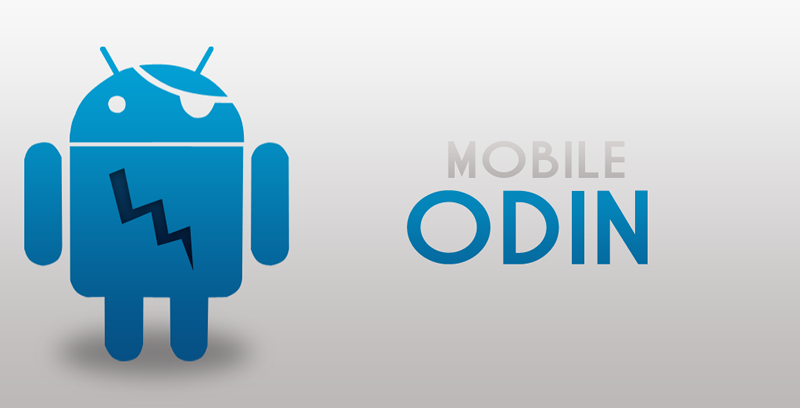![]()
Google announced the first Android 15 Developer Preview earlier this year. That release was aimed more towards developers. The company then released the first and second betas of Android 15 that were more geared towards the public. Now Google has officially announced the third Android 15 beta.
Some of the changes in the third Android 15 beta appear to be more towards security. According to Google, some of the changes in the latest beta include how apps handle sign-ins. Apps developed for Android 15 will now allow users to sign into their accounts using passkey.
Users can authenticate themselves in a single step either through facial recognition, fingerprint, or screen lock. Passkey will also be offered as a suggestion when it comes to autofill in keyboard suggestions or dropdowns. This will be useful for users who might have different passwords for different accounts and want a password-less way to sign in.
In addition to focusing more on security, the beta also comes with new features and changes that are more geared towards developers. If you're not a developer then chances are you won't really use these features until they're integrated in Android 15 apps. We expect Google will release more Android 15 betas in the future ahead of the final release.
Google hasn't mentioned when they plan to release Android 15, but based on Android 14, it should be around October. Users who are interested in testing out the beta can sign up on the Android beta website.
![]()
Android has a lot of accessibility features that help users with various disabilities use and interact with their phones. But now it looks like Google is bringing a new accessibility feature to Android. This comes in the form of Project Gameface.
Google announced Project Gameface at I/O 2023. It is a feature that basically allows computer users to control the mouse cursor on their screens using head movements and facial gestures. Now Google has brought the feature onto Android. This will work similarly in concept to the computer version.
Users will be able to use head movement along with facial gestures to control a virtual cursor on their Android smartphones. This means that users who are movement impaired will be able to interact with their phones in a new and hopefully improved way. Some of the gestures include raising eyebrows to click and drag. They can also open their mouths to move the cursor, and more.
Similar to the computer version of Project Gameface, Google is open sourcing more code. This will allow more Android developers to create apps that offer greater accessibility. We're not sure which apps will take advantage of it for now, but the code has been released on Github for those who are interested in checking it out.
![]()
One of the changes to Android we've seen in the past few years is dark mode. This is where the overall UI takes on a darker look so it doesn't look so glaring at night. Developers have largely supported it, but there are some that haven't. Luckily, Android 15 will change that by forcing all apps to go dark even if they don't support it natively.
According to a report from Android Authority, a recent APK teardown has revealed that Google plans to introduce a feature in Android 15. This new feature will basically force all apps to have a dark mode. This comes in the form of a toggle called "Make all apps dark", although there is a bit of a catch.
Since some apps don't have a native dark mode, Google notes that toggling on this feature could result in some display issues. Android Authority tested it out and found that in some cases, it ended up reducing the contrast of some buttons. We suppose it will vary from app to app, but it could be a good way to make sure all your apps are dark when dark mode is toggled.
For the most part, a lot of apps out there do support dark mode. Hopefully this could force those holdouts to implement something native of their own, or risk ruining the user experience. Either way, we'll have to wait and see, but if you do like using dark mode, then this Android 15 feature could be something to look forward to.
![]()
A lot of us are probably concerned about the batteries on our phones and how long they will last. Thankfully, a lot of smartphone makers have since included software features that can tell us. But batteries aren't the only components that have a lifespan. Your phone's storage chip has one too, and Android 15 could help with that.
According to a report from Android Authority, it seems that Google is working on a new Android 15 feature that will provide users with information about their phone's storage chip's lifespan. While batteries are probably the most noticeable when it comes to detecting degradation in performance, storage can be affected as well.
In Android 15, Google is working on displaying that information to users. It will show them the remaining lifetime of a phone's internal storage before it potentially breaks down. This will be displayed in percentages. This might be useful for users who hold onto their devices for a longer period of time, say 4-5 years, and want to know how much longer they can potentially keep using their phones.
That being said, there is a chance not all devices will support this feature. As Android Authority notes, it is not required by OEMs to adopt this feature. If an OEM chooses not to, then users won't be able to access this information. It should be available for Pixel devices that can run Android 15, but other than that, we'll have to wait and see.

Google's occasional habit of injecting changes into its many software products and services is something that's usually hit or miss with a lot of users. This looks to be the case as seen with the Android 15 Developer Preview, which lets users install an "experimental" version of Android 15 onto their devices.
With that in mind, Google might be planning on switching things up again, with regards to Android's user interface. The folks over at Android Authority report that we might see changes to the status bar icon designs, at least according to the current Android 15 preview. Users who have been on Android since the days of version 5.0 might remember Google beginning to implement its "Material" design language, which eventually developed in "Material You."
As such, the status bar icons have since looked mostly the same, appearing as shapes without any segmentation. With the Android 15 preview however, Google has changed the icons to feature a segmented look, resembling their appearance on older versions of Android.
Earlier on, it was also reported that we might see changes to Android 15's on-screen volume slider, which will now shift to a horizontal layout across the screen. With all that being said, it looks like Android 15 will be arriving with a ton of changes to the UI.
© 2023 YouMobile Inc. All rights reserved





